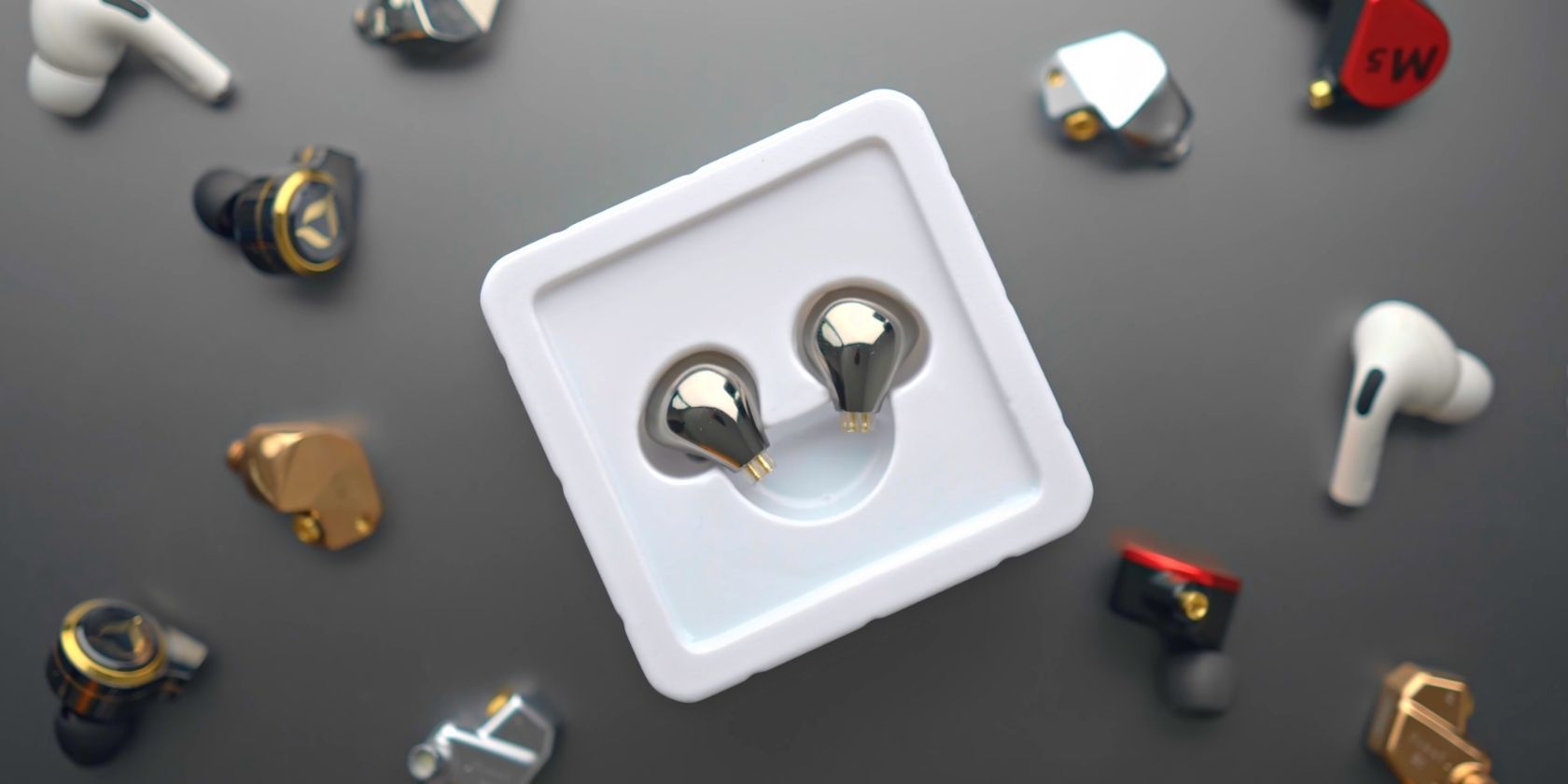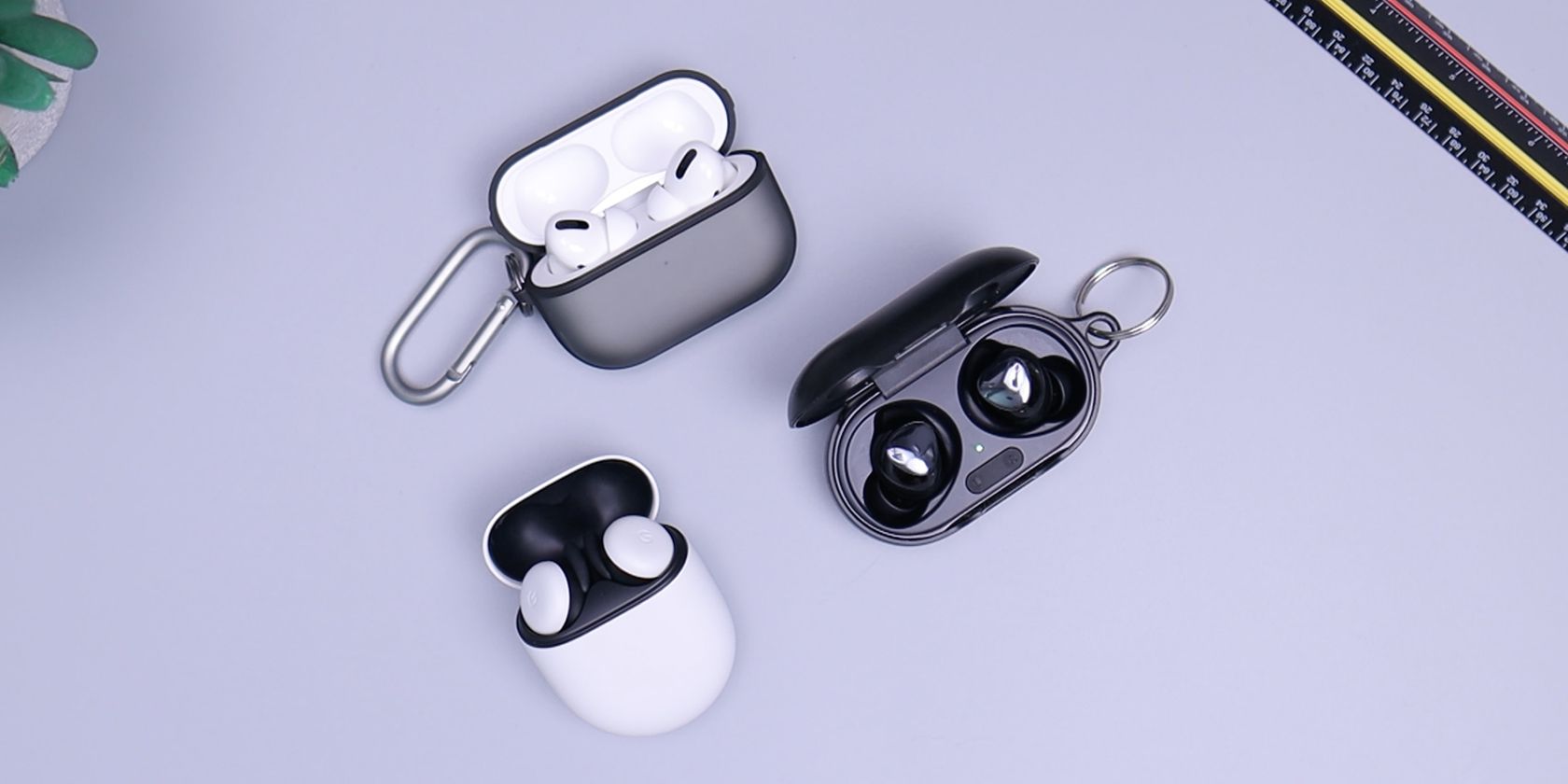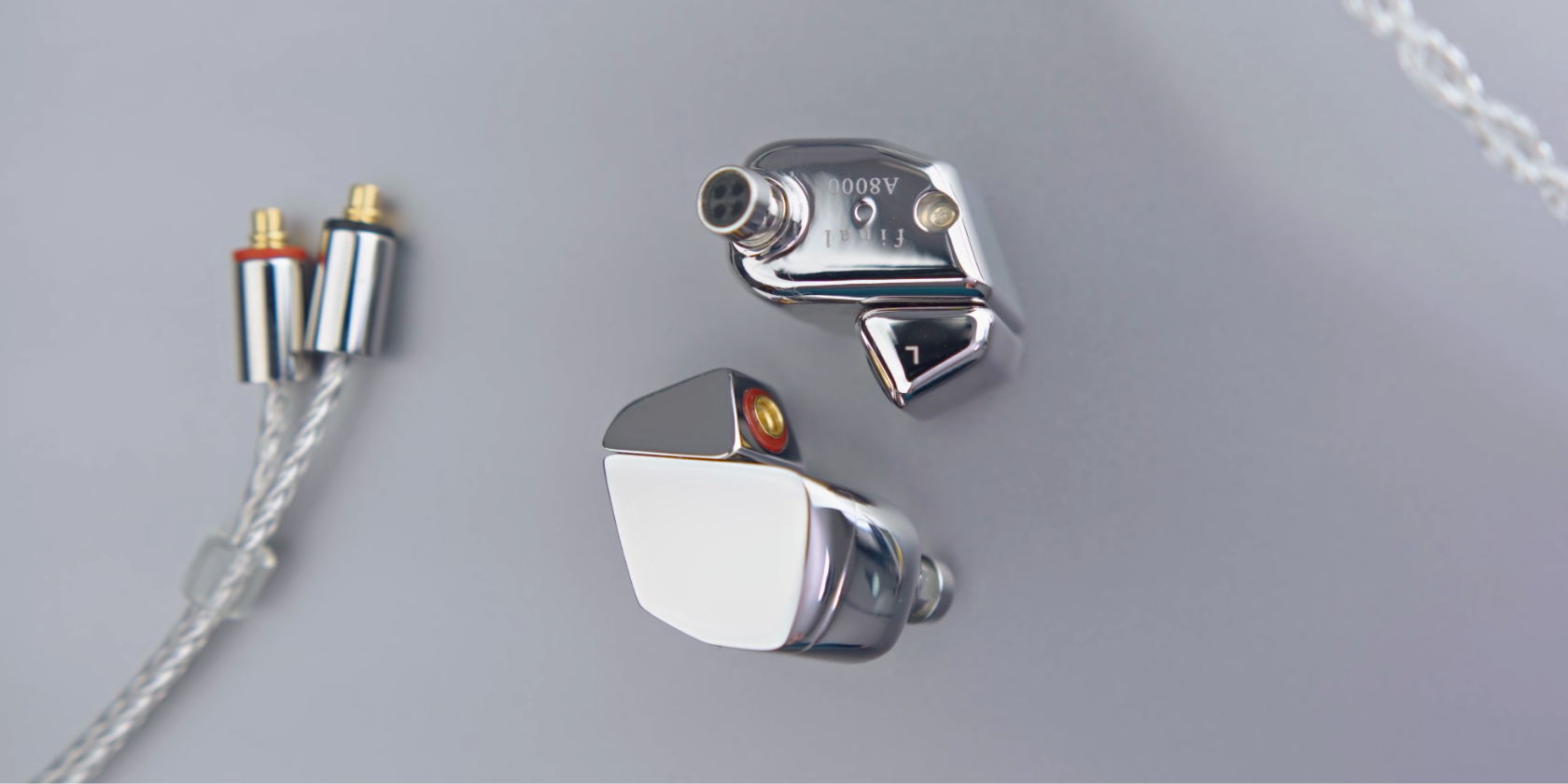Listening is a very personal experience. Whether you're jamming to your favorite playlist, watching movies, or immersing yourself in some gameplay, audio plays a massive role in elevating the overall experience.
While most of us aren't audio engineers and don't understand its technicalities, we can still distinguish between different sound qualities via how they make us feel. Let's compare IEMs and earbuds to find out which gives the best audio quality and listening experience.
Who Are They Made For?
In-Ear Monitors (IEMs) are earphones used by audiophiles, composers, audio engineers, and live performers. They are made of premium materials such as acrylic, metal, and resin alongside plastic. As the name suggests, they are tucked inside your ear canal and allow audio monitoring to mix and master tracks, hear music with exceptional clarity, and more.
Earbuds, like the AirPods, are made for the masses and used by pretty much everybody. They sit on your outer ear and have an all-plastic body, making them lightweight and ideal for long listening sessions. Since they are made for the general public, earbuds usually come in standardized shapes and sound configurations.
IEMs vs. Earbuds: Which Has Better Noise Isolation?
Since the IEM tips go inside your ear, they offer better passive noise isolation and are less likely to fall out from your ear (assuming you find a good fit). Along with regular silicon ear tips, they also come with memory foam ear tips and specialized two or three-pronged ear tips that help form a proper seal and a tighter grip.
All this effort to block ambient noise is necessary for live performers because stages are really loud, and prolonged exposure to that noise level can cause chronic ear-ringing. In fact, IEMs were invented specifically for band members because they couldn't hear what they were playing due to all the cheering from the crowd!
For performers, a pair of reliable IEMs is an investment for their career. After all, you can't afford to have your show ruined just because your earphones suck. That's why IEMs are built to have significantly better passive noise isolation compared to most earbuds.
However, most wireless earbuds offer Active Noise Cancellation (ANC), which cuts more noise than passive noise isolation. However, it's not ideal for everyone since ANC can hurt your ears and cause dizziness.
If you want the best noise isolation possible, you can get IEMs tailor-made to your ears, like musicians do. They are called custom in-ear monitors and fit you as no other pair of earphones in the world can. Unfortunately, they are super expensive, costing upwards of $1,000. Most people should not spend this much on IEMs, but CIEMs are a treat for wealthy audiophiles.
IEMs vs. Earbuds: Which Has Better Sound Quality?
Since IEMs are made for audio monitoring purposes, they have more clarity, detail, depth, and definition than most earbuds. And because they have better passive noise isolation, they feel louder too. Often, we increase the volume on our earbuds not because they aren't loud enough but to drown out ambient noise.
Many audiophiles recommend IEMs over earbuds because they allow them to listen to songs the way the artist intended, i.e., without any "coloring." You see, earbuds usually have a V-shaped sound signature, meaning they are tuned to sound playful and upbeat but not necessarily detailed and pure. Think Beats by Dre, Skullcandy, Galaxy Buds, and AirPods.
But when you're up on the stage performing or in a studio recording tracks, it's crucial to have all aspects of a track available for you to judge. Every beat, nuance, and texture in the song must be represented accurately to avoid misinterpretation or fumbling. Unfortunately, earbuds simply don't offer this level of detail.
Another big difference is that earbuds only come with dynamic drivers, whereas IEMs come with various types of drivers. You see, dynamic drivers tend to handle lower frequencies (bass and sub-bass) well but not higher frequencies (treble). In earbuds, dynamic drivers are forced to handle all the frequencies (lows, mids, and highs) on their own, which is not efficient.
But by using a combination of dynamic and balanced armature drivers (and other rare kinds), IEMs distribute the workload. This allows assigning particular frequencies to their appropriate driver—resulting in cleaner and more accurate sound.
IEMs vs. Earbuds: Which Is More Convenient?
Earbuds allow more freedom of movement since they don't have cables and can be carried easily via the case. But it's also true that since IEMs fit more securely into your ears, they don't fall off and get lost. Also, in-ear monitors don't need to be charged, whereas earbuds need to be recharged daily.
Don't forget that earbuds degrade very quickly since they are either always charging or sitting at 100% inside the case, which is bad for lithium-ion batteries. Earbuds have Transparency Mode for an always-on experience, so you never need to take them off, but if you're talking to someone in person, you'd probably want to remove them anyway.
One saving grace for earbuds is that they have Environmental Noise Cancellation (ENC) that uses AI to cut ambient noise during phone calls, so the other person can hear you more clearly. But this feature is usually found on expensive high-end earbuds only.
So Should I Just Buy a Pair of IEMs?
Well, not necessarily. It depends entirely on you and your listening preferences, budget, and lifestyle. For most people, earbuds get the job done really well and are really easy to use and convenient to carry.
Plus, a good pair of IEMs cost more than your average $20 earbuds. So unless you know what you're doing, buying IEMs can be a bad decision. In comparison, earbuds are an easy pick if you don't want to bother with all the technicalities and want something that works well enough.
That said, if you are interested in audio and open to trying out new things, you should buy in-ear monitors. They usually sound better in terms of detail, last longer, fit more comfortably, and come in all shapes, sizes, and configurations.
But My Phone Has No Jack. I Can't Use IEMs.
Yes, you can. The great thing about IEMs is that although they are wired earphones, they have detachable cables. So you can unplug the standard 3.5mm cables they come with and plug in an external third-party Bluetooth module.
That way, you can enjoy high-quality sound from your IEMs without the hassle of fumbling with the cables. But remember to check the type of connector your IEM has beforehand.
Also, an added benefit of detachable cables is that if they ever get damaged or lost (or you simply want a new color), you can buy new cables instead of a whole new pair of IEMs, saving money. TWS earbuds, on the other hand, need to be replaced if any single component malfunctions—making them obsolete quickly.
Are IEMs Worth the Money? Should You Buy Earbuds Instead?
If you're considering buying a pair of IEMs after reading all the above comparisons, we have good news for you. IEMs used to be expensive because they were never intended for the general public in the first place but only for artists, professionals, and engineers.
However, in recent times, IEMs have become ridiculously cheap thanks to the entry of Chinese manufacturers. Today, you can find a decent pair of IEMs for under $30. And for the price of AirPods, you can get professional IEMs that are far better in sound quality and built to last.





